Best Companion Veggies For A Healthy Thriving Garden
Title: Best Companion Veggies for a Healthy Thriving Garden
Introduction:
Companion planting is a gardening practice that involves planting different types of plants together in order to benefit each other. By carefully selecting which plants to grow near each other, you can create a more balanced and productive garden.
There are many benefits to companion planting. For example, companion plants can help to:
- Attract beneficial insects and pollinators
- Repel pests and diseases
- Improve soil fertility
- Increase yields
- Improve the flavor of vegetables
If you're new to companion planting, don't worry! It's not as complicated as it sounds. There are a few basic principles that you can follow to get started.
Main Content:
Here are some of the best companion veggies for a healthy thriving garden:
- Beans and corn: Beans are nitrogen-fixing plants, which means they can help to improve the nitrogen content of the soil. Corn, on the other hand, is a heavy feeder, so it benefits from the extra nitrogen that beans provide.

- Carrots and onions: Carrots and onions have different root systems, so they don't compete for resources. In addition, onions help to repel pests that can damage carrots.

- Cucumbers and beans: Cucumbers and beans both benefit from being planted near each other. Cucumbers provide shade for beans, which helps to protect them from the hot sun. Beans, on the other hand, help to improve the soil aeration for cucumbers.
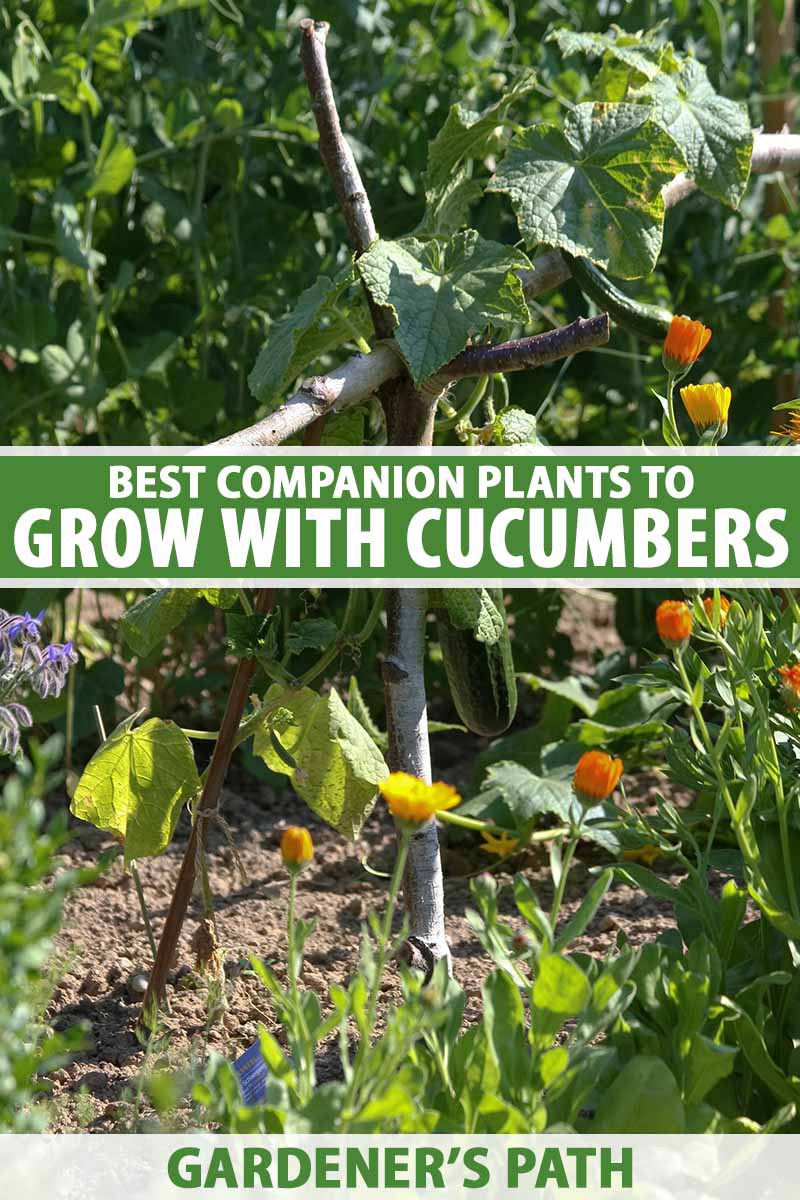
- Lettuce and tomatoes: Lettuce and tomatoes are both cool-season vegetables, so they can be planted together in the same bed. Lettuce helps to suppress weeds, while tomatoes help to deter pests.
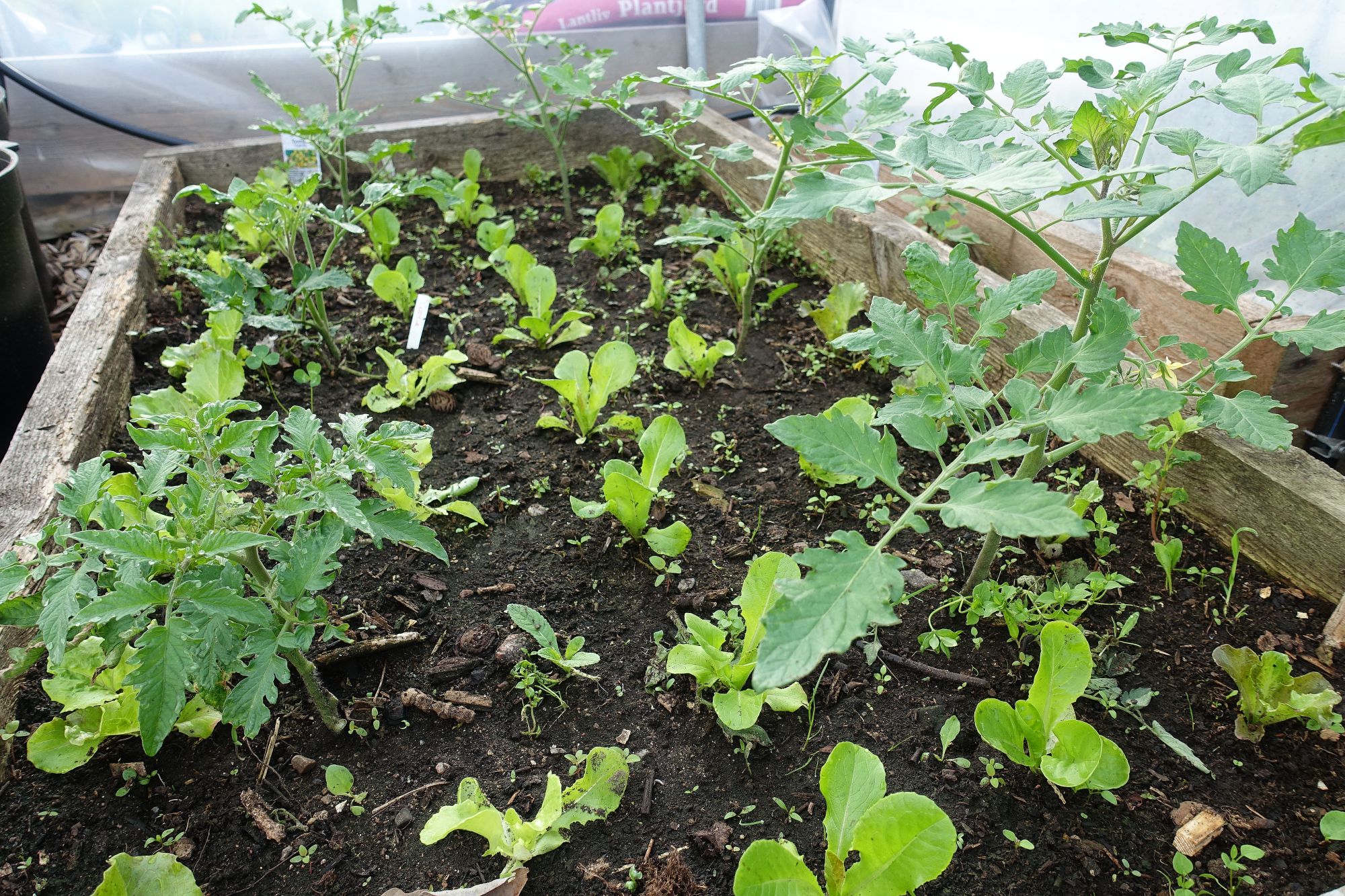
- Marigolds and tomatoes: Marigolds are a natural pest repellent, so they can help to protect tomatoes from pests such as aphids, whiteflies, and nematodes.
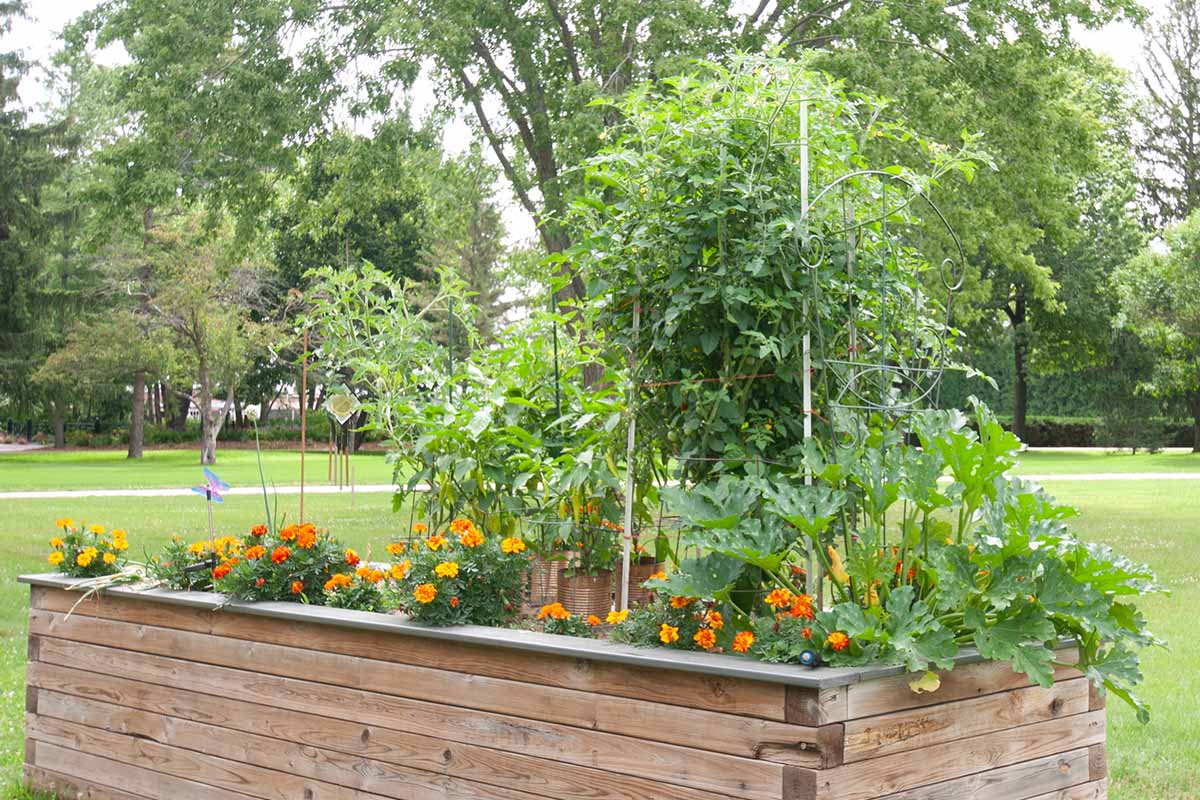
- Peas and carrots: Peas and carrots are both nitrogen-fixing plants, so they can help to improve the nitrogen content of the soil. In addition, peas help to shade carrots, which helps to protect them from the hot sun.
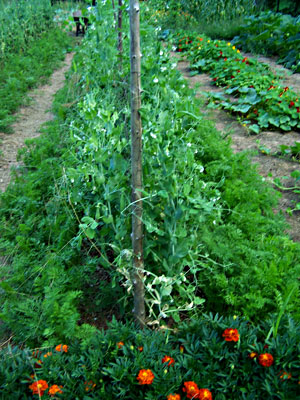
- Spinach and radishes: Spinach and radishes are both cool-season vegetables, so they can be planted together in the same bed. Spinach helps to suppress weeds, while radishes help to improve the soil drainage for spinach.
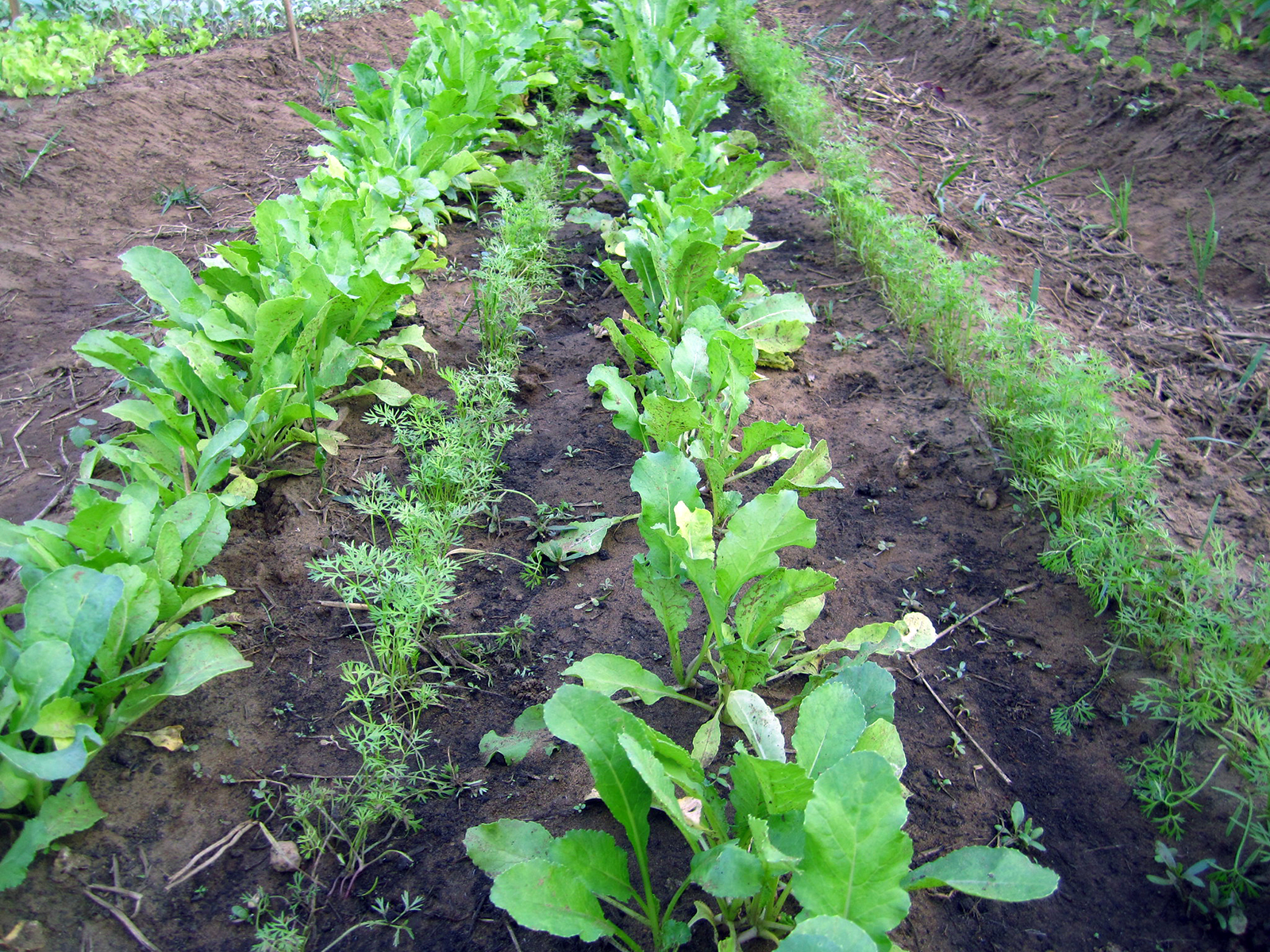
These are just a few of the many great companion veggies that you can plant in your garden. By carefully selecting which plants to grow near each other, you can create a more balanced and productive garden.
Conclusion:
Companion planting is a great way to improve the health and productivity of your garden. By following a few simple principles, you can create a more balanced and beneficial environment for your plants.
Companion planting is a great way to improve the health and productivity of your vegetable garden. By planting certain vegetables together, you can help to attract beneficial insects, deter pests, and improve the overall soil health.
If you're interested in learning more about companion planting, I recommend visiting the website address: https://gilmour.com/companion-planting-chart-guide. This website has a comprehensive chart that lists which vegetables are compatible with each other.
FAQ of companion veggies
- What are companion veggies?
Companion veggies are plants that are grown together in a way that benefits both plants. Some companion plants attract beneficial insects, while others deter pests. Some companion plants improve the soil quality, while others help to prevent diseases.
- How do companion veggies work?
The benefits of companion planting come from the different ways that plants interact with each other. For example, some plants release chemicals that attract beneficial insects, which help to control pests. Other plants have roots that release substances that discourage the growth of harmful fungi or bacteria.
- What are some good companion veggies?
There are many different companion veggies, but some of the most popular include:
* Beans and corn: Beans fix nitrogen in the soil, which benefits the corn. Corn provides shade for the beans, which helps to protect them from pests.
* Carrots and tomatoes: Carrots help to repel nematodes, which can damage tomatoes. Tomatoes help to deter pests from carrots.
* Cucumbers and melons: Cucumbers and melons attract pollinators, which help to pollinate both plants.
* Herbs and vegetables: Many herbs can help to repel pests or attract beneficial insects. For example, basil, mint, and rosemary can help to deter pests, while chives and dill attract pollinators.
- How close should companion veggies be planted?
The ideal distance for planting companion veggies depends on the specific plants involved. However, in general, companion plants should be planted within two or three rows of each other.
- What are some tips for companion planting?
Here are some tips for companion planting:
* Do your research. There are many different companion planting charts available online. These charts can help you to choose the right companion plants for your garden.
* Experiment. There is no one-size-fits-all approach to companion planting. Experiment with different combinations of plants to see what works best in your garden.
* Be patient. It takes time to see the benefits of companion planting. Don't expect to see results overnight.
Image of companion veggies
- Cucumbers and beans: Cucumbers and beans are a classic companion planting duo. The beans help to fix nitrogen in the soil, which benefits the cucumbers. The cucumbers also help to shade the soil, which helps to keep the beans cool.

- Celery and carrots: Celery and carrots are another great companion planting combination. The celery helps to repel pests from the carrots, and the carrots help to improve the flavor of the celery.
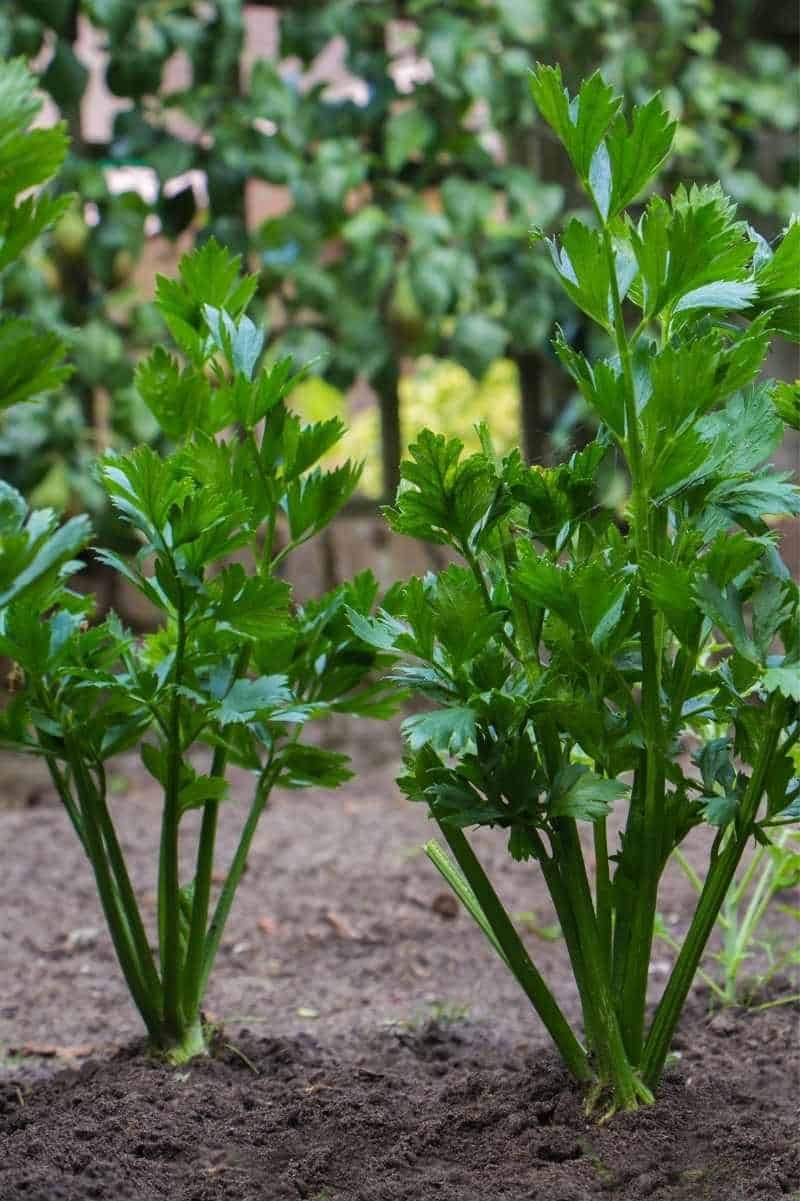
- Corn and beans: Corn and beans are a popular companion planting combination because they help each other to grow better. The corn provides a trellis for the beans to climb, and the beans help to fix nitrogen in the soil, which benefits the corn.
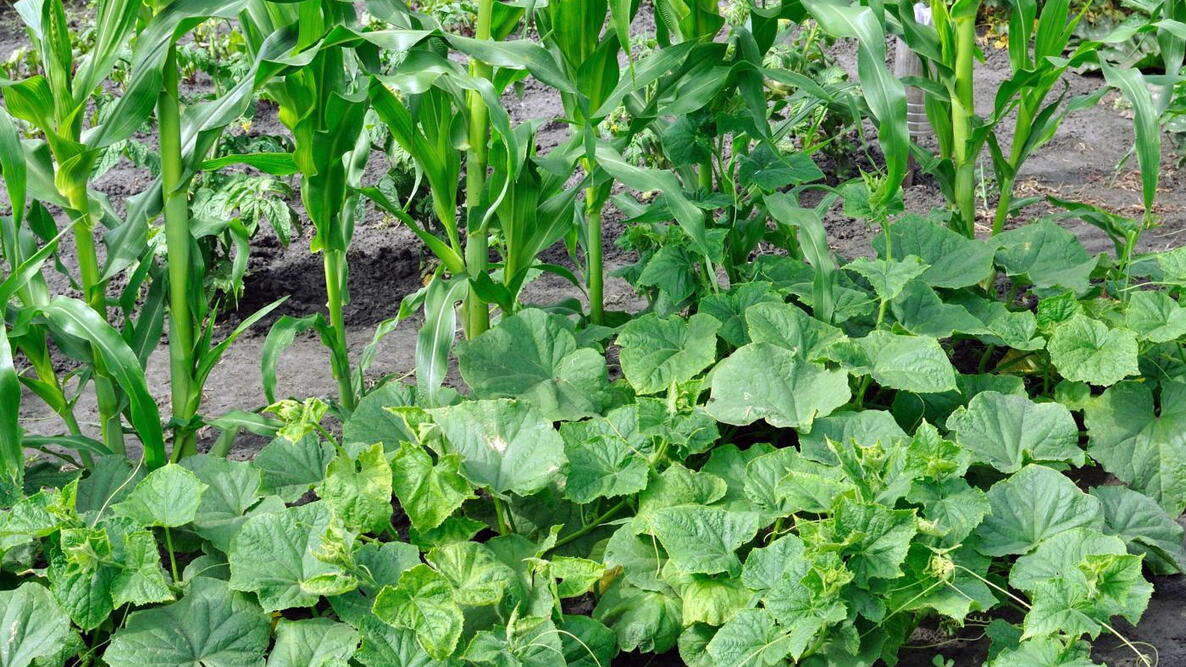
- Lettuce and dill: Lettuce and dill are a good companion planting combination because they have different growing requirements. Lettuce prefers cool, moist soil, while dill prefers warm, dry soil. This means that they will not compete for resources, and they can help to deter pests from each other.
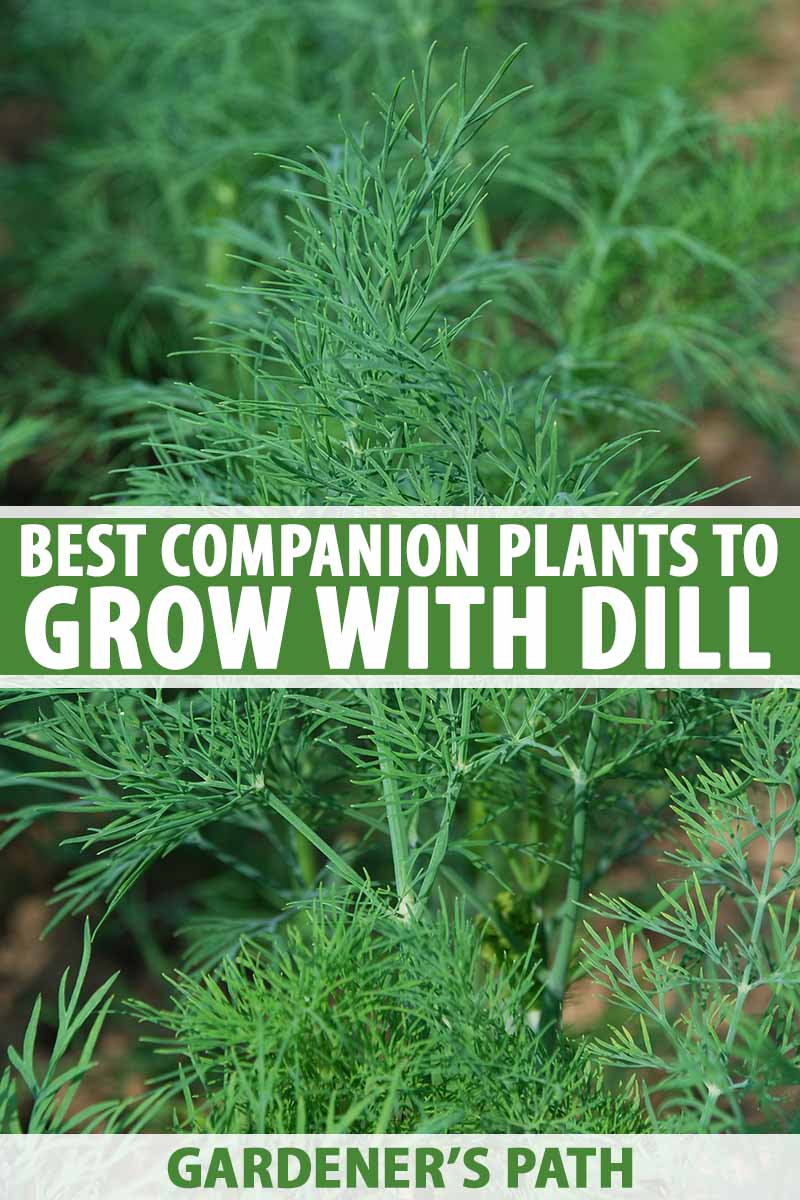
- Peas and radishes: Peas and radishes are a good companion planting combination because they have different germination times. Peas germinate quickly, while radishes germinate more slowly. This means that you can plant them together, and the peas will have time to grow before the radishes start to shade them out.

- Potatoes and tomatoes: Potatoes and tomatoes are a good companion planting combination because they help to deter pests from each other. The potatoes' foliage helps to shade the soil, which makes it difficult for pests to reach the tomatoes. The tomatoes' foliage also helps to attract beneficial insects, which help to control pests.
- Spinach and strawberries: Spinach and strawberries are a good companion planting combination because they have different nutrient requirements. Spinach prefers nitrogen-rich soil, while strawberries prefer phosphorus-rich soil. This means that they will not compete for nutrients, and they can help to improve the overall health of the soil.

- Sweet potatoes and marigolds: Sweet potatoes and marigolds are a good companion planting combination because marigolds help to repel pests from the sweet potatoes. Marigolds also help to improve the drainage of the soil, which is beneficial for sweet potatoes.
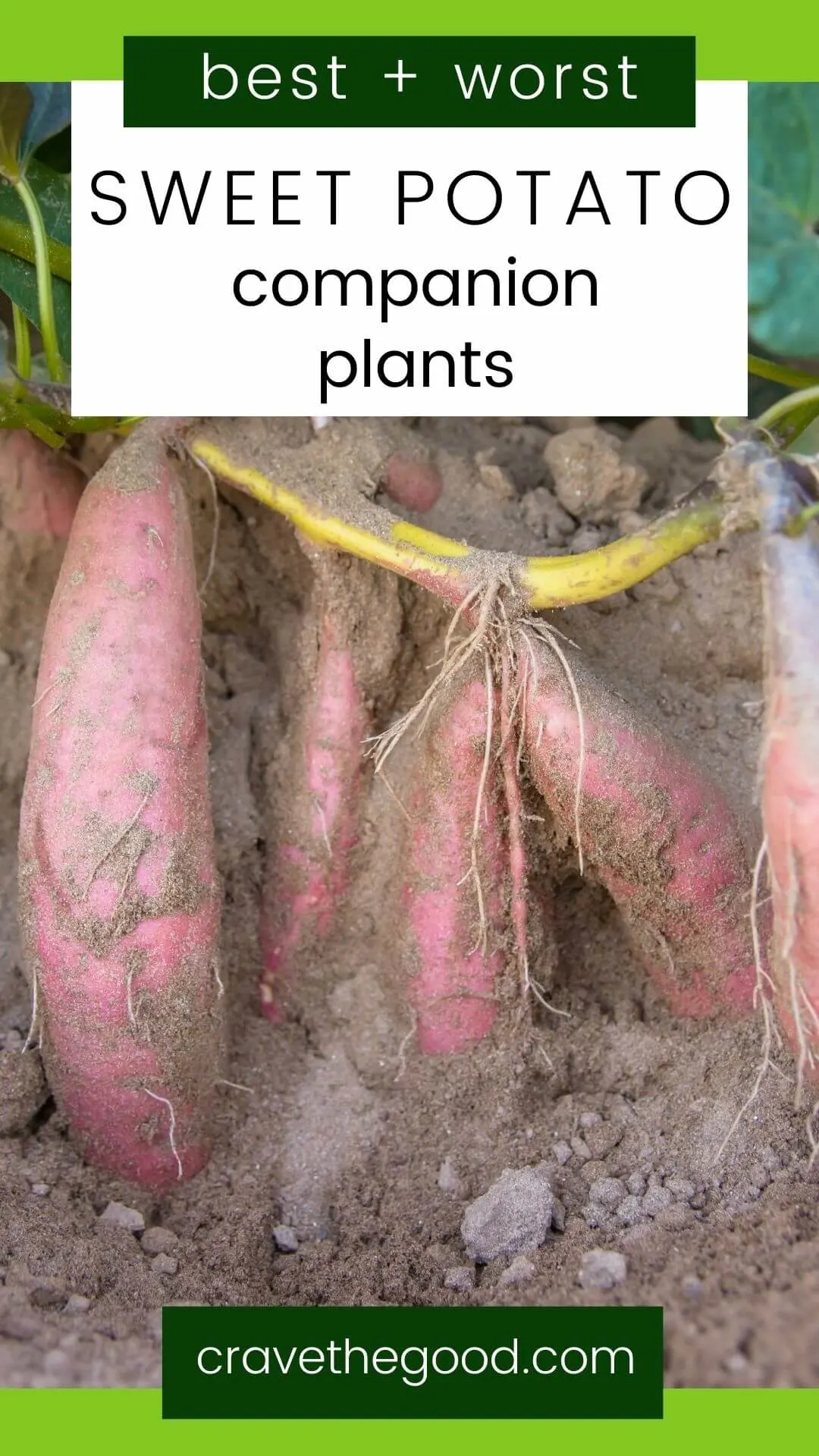
- Tomatoes and basil: Tomatoes and basil are a classic companion planting duo. Basil helps to deter pests from tomatoes, and tomatoes help to improve the flavor of basil.
- Turnips and onions: Turnips and onions are a good companion planting combination because they have different growing requirements. Turnips prefer cool, moist soil, while onions prefer warm, dry soil. This means that they will not compete for resources, and they can help to deter pests from each other.
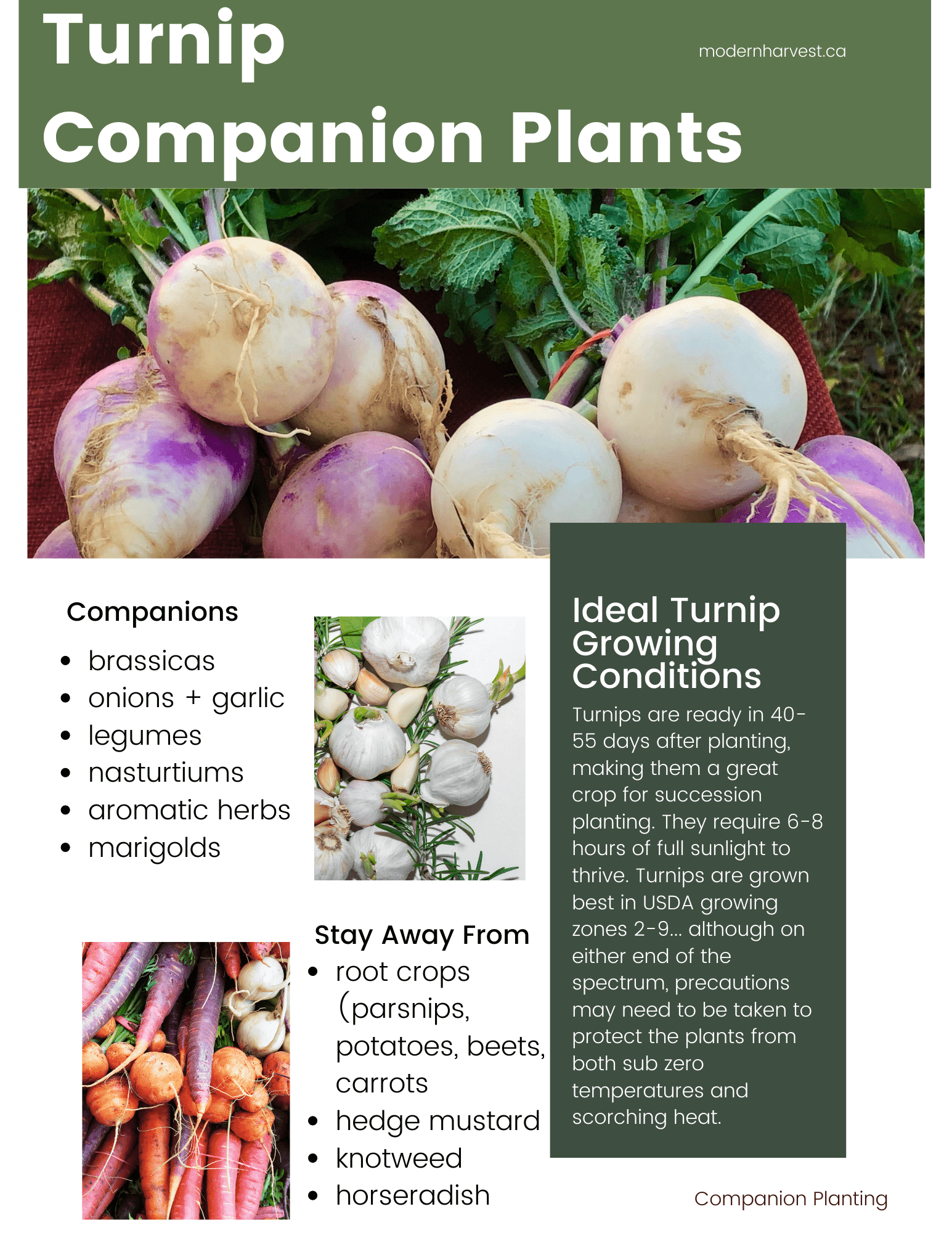
Post a Comment for " Best Companion Veggies For A Healthy Thriving Garden"